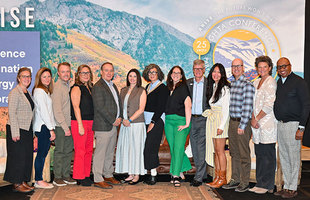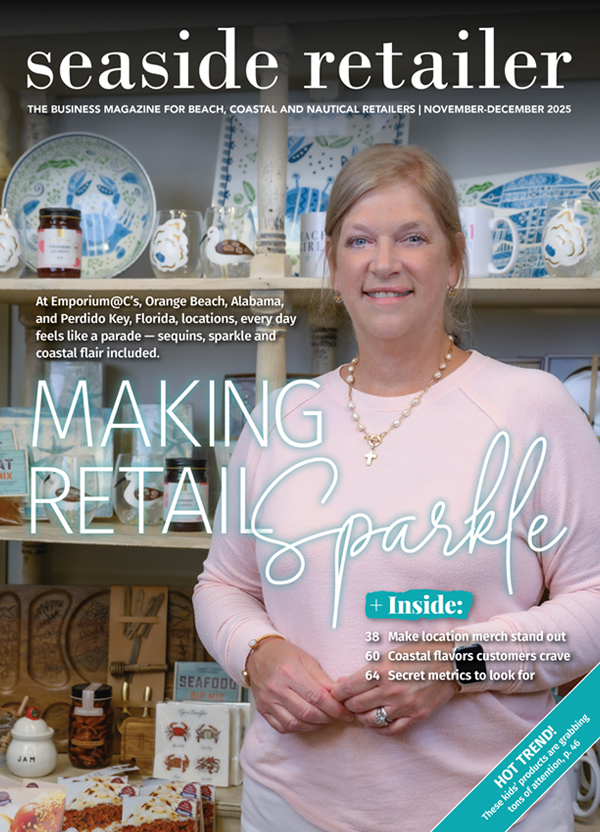
U.S. consumers are still buying more than they did in 2021, but spending growth is slowing as the economy settles down amid higher interest rates intended to reduce inflation, according to the Aug. 10 Monthly Economic Review from the National Retail Federation (NRF).
“The economy was clearly more resilient in the first half of this year than many expected, and the consumer environment has been positive as inflation has slowed,” said NRF Chief Economist Jack Kleinhenz. “Nonetheless, there are ongoing economic challenges and questions, and the pace of consumer spending growth is becoming incrementally slower.”
He said consumers continue to spend but face some financial pressure. As a result, consumers are adjusting how much they buy while also shifting from goods to services.
“While job and wage gains have counterbalanced inflation, the stockpile of savings accumulated during the pandemic is dwindling and is no longer providing as much spending power as previously available,” said Kleinhenz.
The August issue of NRF’s Monthly Economic Review reported that gross domestic product (GDP) grew at a 2.4% annual rate, adjusted for inflation in the second quarter. It was up 2% from the first quarter but in line with 2.1% for all of 2022 and below the 6% growth rate in 2021.
Consumer spending, which makes up about 70% of GDP, played a major role in the continued expansion. But year-over-year spending growth slipped from 4.2% in the first quarter to 1.6% in the second quarter. Retail sales as calculated by NRF — excluding automobile dealers, gasoline stations and restaurants — were up 3.1% unadjusted year over year in the second quarter. That kept up with inflation but was below the 4% growth for the first six months of the year.
The Personal Consumption Expenditures Price Index — the Federal Reserve’s preferred measure of inflation — was at 3.7% year over year in the second quarter. That was down from 4.9% in the first quarter but still far above the Federal Reserve’s target of 2%. The Federal Reserve responded by raising rates another quarter-point in July to a range between 5.25% and 5.5%, the highest level since January 2021.
The full impact of rising interest on the economy is difficult to predict, but revolving credit contracted by nearly $1 billion in June and consumers are less likely to use credit cards to fund purchases as rates rise, Kleinhenz said.



